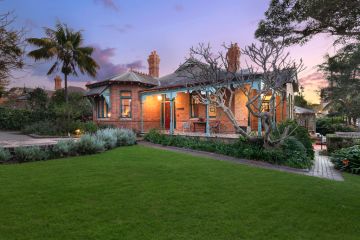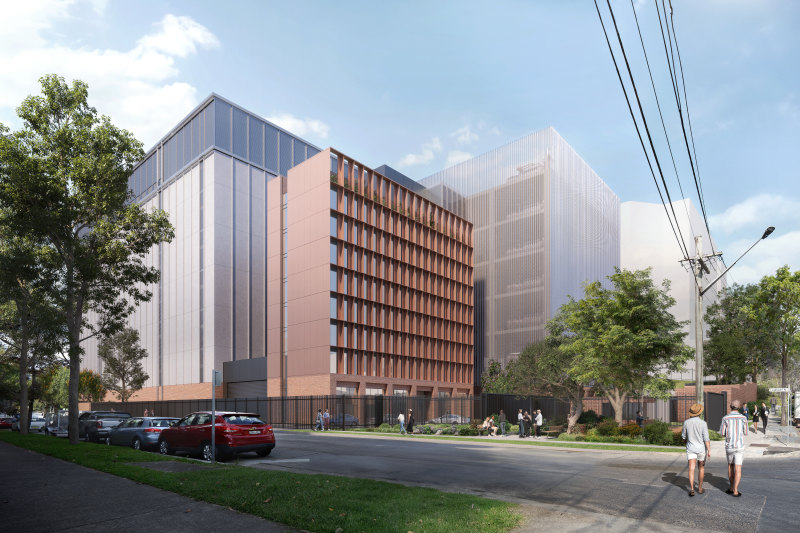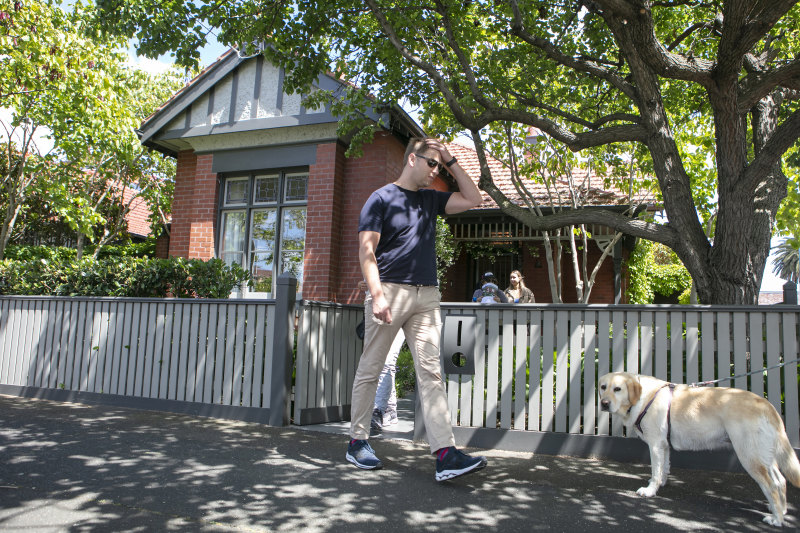Risk-averse Aussies say real estate not 'wisest place for savings'

Almost two-thirds of Australians are paying down debt or parking savings in low interest-rate bank deposits rather than buying property or investing in the sharemarket, a recent consumer sentiment survey shows.
The latest Westpac-Melbourne Institute report, which surveyed 1200 people nationally in December, showed only 12.8 per cent nominated real estate as the wisest place for savings, while 8 per cent nominated shares.
Westpac chief economist Bill Evans said the responses show Australians “continue to indicate high levels of risk aversion”.
Sentiment towards property remains at its lowest level since the Melbourne Institute began asking about the wisest place to store savings in 1974.
While consumers expect interest rates to stay on hold for the time being, “constraints around incomes, savings, and debt are still likely to keep consumer spending growth below trend”, Dr Evans said.
Westpac forecasts the Reserve Bank is unlikely to raise interest rates from the current record-low rate of 1.5 per cent until 2019.
But the tide may be turning, with Westpac’s “time to buy a dwelling” index rising 2.3 per cent to 100 points nationally since January, although “materially weaker” in NSW (90) and Victoria (88) as affordability remained a constraint, he said.
Queensland and Western Australia had more buoyant sentiment for buying residential property above the national average, the survey said.
AMP chief economist Shane Oliver said the survey results were surprising given low interest rate returns of about 2 per cent on term deposits.
“Partly people are still sceptical around volatility in the sharemarket, which is still below 2007 highs but it’s going in the right direction, which people should be focused on,” he said.
A bubble in Sydney and Melbourne property markets, poor affordability and talk this financial year of higher interest rates had put property down the list of of investment priorities, he said.
“It seems to me like people in Sydney and Melbourne feel less optimistic about price gains in property,” Dr Oliver said.
CoreLogic data showed property prices in Sydney and Melbourne continued to rise in the year to November, up 6.1 and 10.4 per cent respectively.
This compared with prices in Brisbane rising 2.5 per cent for the year, Adelaide’s up 3.9 per cent, while Perth property prices had retreated 2.7 per cent.
Data also reflected sentiment with auction clearance rates slowing in key Melbourne and Sydney markets and tighter lending standards for investors, Dr Oliver said.
Owner-occupiers were taking the opportunity to pay down mortgage debt while rates and affordability were low.
“At the moment demand still seems to be subdued … if you look at owner-occupiers, this is the group ticking the box where they’re still focused on paying down their mortgage, which is shown in cool retail sales,” Dr Oliver said.
We recommend
We thought you might like
States
Capital Cities
Capital Cities - Rentals
Popular Areas
Allhomes
More






